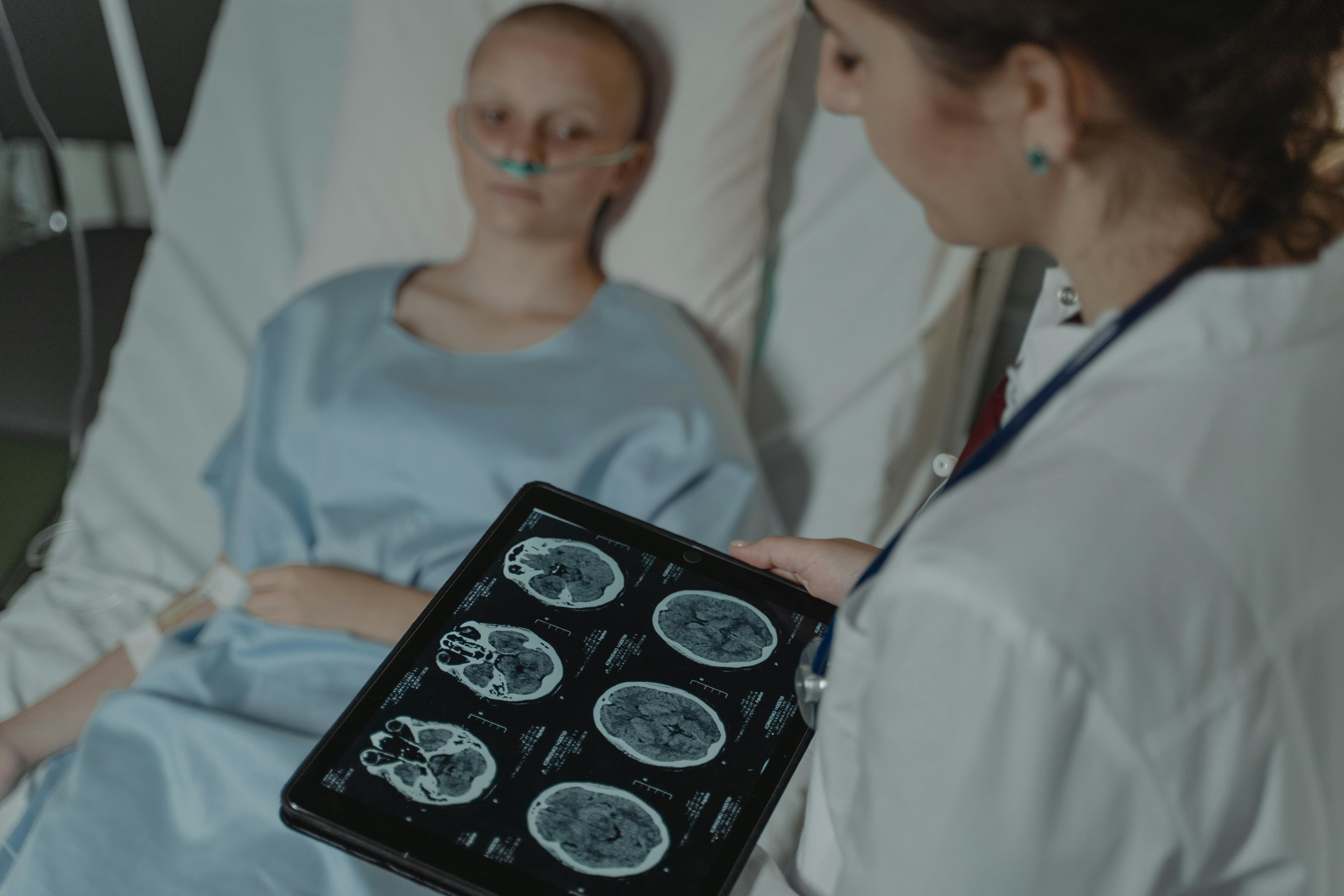Extracting Motion from Video Diffusion Models via Joint Kinematics Distillation

Top post
Motion Capture from Video Diffusion Models through Joint Kinematics Distillation
Advances in Artificial Intelligence (AI) are enabling the generation of increasingly realistic and complex movements in digital environments. A promising approach for this is video diffusion models, which have come into the research spotlight due to their ability to generate high-quality videos. A current research focus lies on extracting motion information from these models to make it usable for applications such as animation, robotics, and motion analysis. An innovative approach in this area is so-called "joint kinematics distillation," which allows the underlying skeletal motion to be extracted from the generated videos.
Traditional methods for motion capture often rely on complex motion-capture systems with markers and specialized cameras. Video diffusion models, on the other hand, offer the possibility of obtaining motion data directly from video material without the need for this expensive hardware. Joint kinematics distillation utilizes the ability of diffusion models to generate realistic movements to reconstruct the underlying skeletal structure and its motion over the course of the video.
The process of joint kinematics distillation typically involves several steps. First, a video diffusion model is trained to generate realistic motion sequences. Subsequently, a separate model is trained to extract the joint positions and rotations from the generated videos. This process can be optimized through the use of neural networks specialized in recognizing postures and movements. The extracted motion data can then be used in various applications, for example, to animate virtual characters or to control robots.
Joint kinematics distillation from video diffusion models offers several advantages over traditional methods of motion capture. Firstly, it is more cost-effective and easier to implement, as no specialized hardware is required. Secondly, it allows the extraction of motion data from a variety of video materials, regardless of their quality or origin. Furthermore, video diffusion models can also be used to generate movements that would be difficult or impossible to record in the real world, opening up new possibilities for creative applications.
Research in the field of joint kinematics distillation from video diffusion models is still relatively young but promising. Future research could focus on improving the accuracy and robustness of the extracted motion data, as well as on developing new methods for integrating the extracted data into various applications. The combination of video diffusion models with joint kinematics distillation has the potential to fundamentally change the way we interact with digital movements.
The development of more powerful video diffusion models and more efficient distillation methods will contribute to further expanding the application possibilities of this technology in the future and opening up new fields of application in areas such as virtual reality, gaming, and medical rehabilitation.
Bibliography: - https://arxiv.org/html/2411.12831v1 - https://proceedings.neurips.cc/paper_files/paper/2024/file/c859b99b5d717c9035e79d43dfd69435-Paper-Conference.pdf - https://huggingface.co/papers - https://causvid.github.io/ - https://github.com/cwchenwang/awesome-4d-generation - https://arxiv.org/abs/2406.06890 - https://github.com/showlab/Awesome-Robotics-Diffusion - https://nips.cc/virtual/2024/poster/95115 - https://aejion.github.io/accvideo/ - https://neurips.cc/virtual/2024/poster/94684.png)


